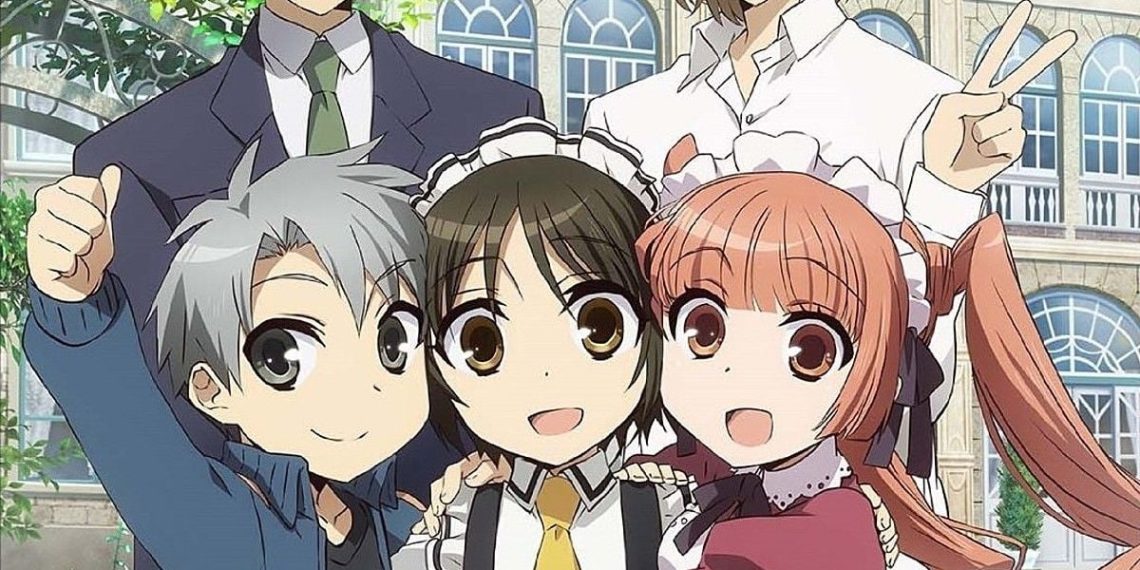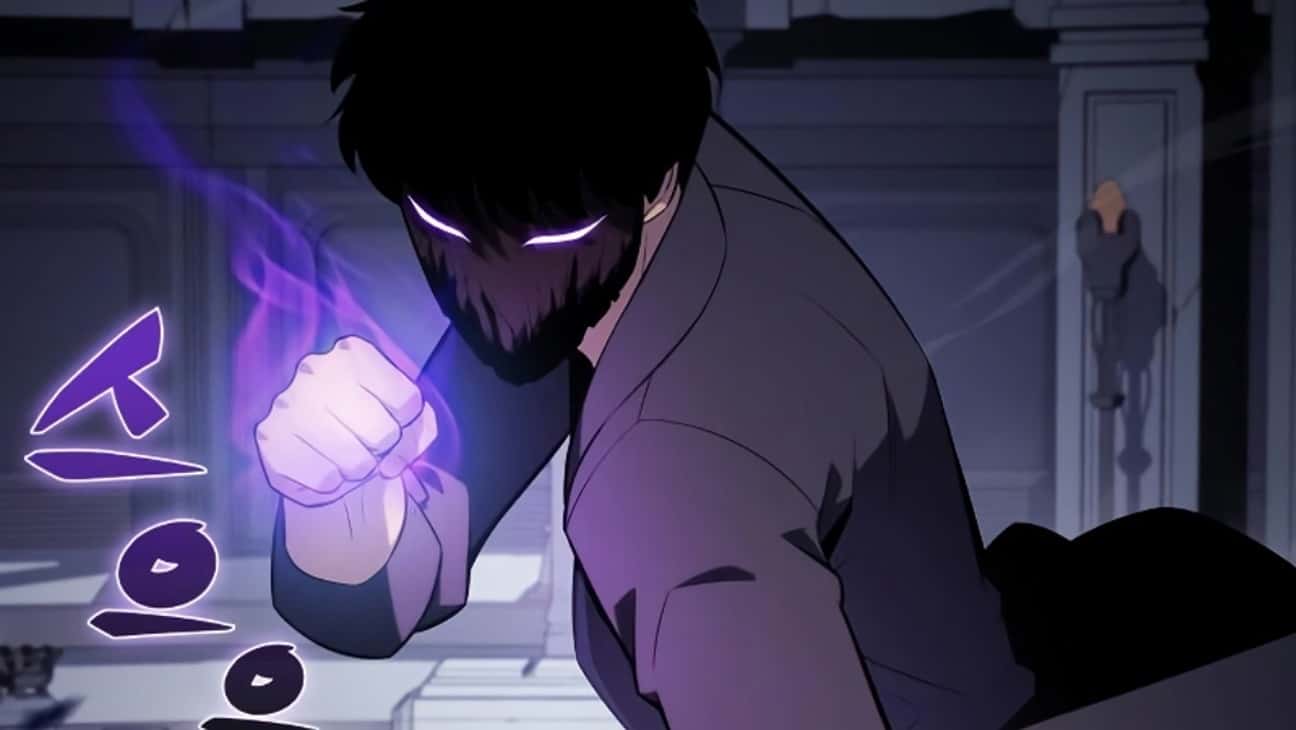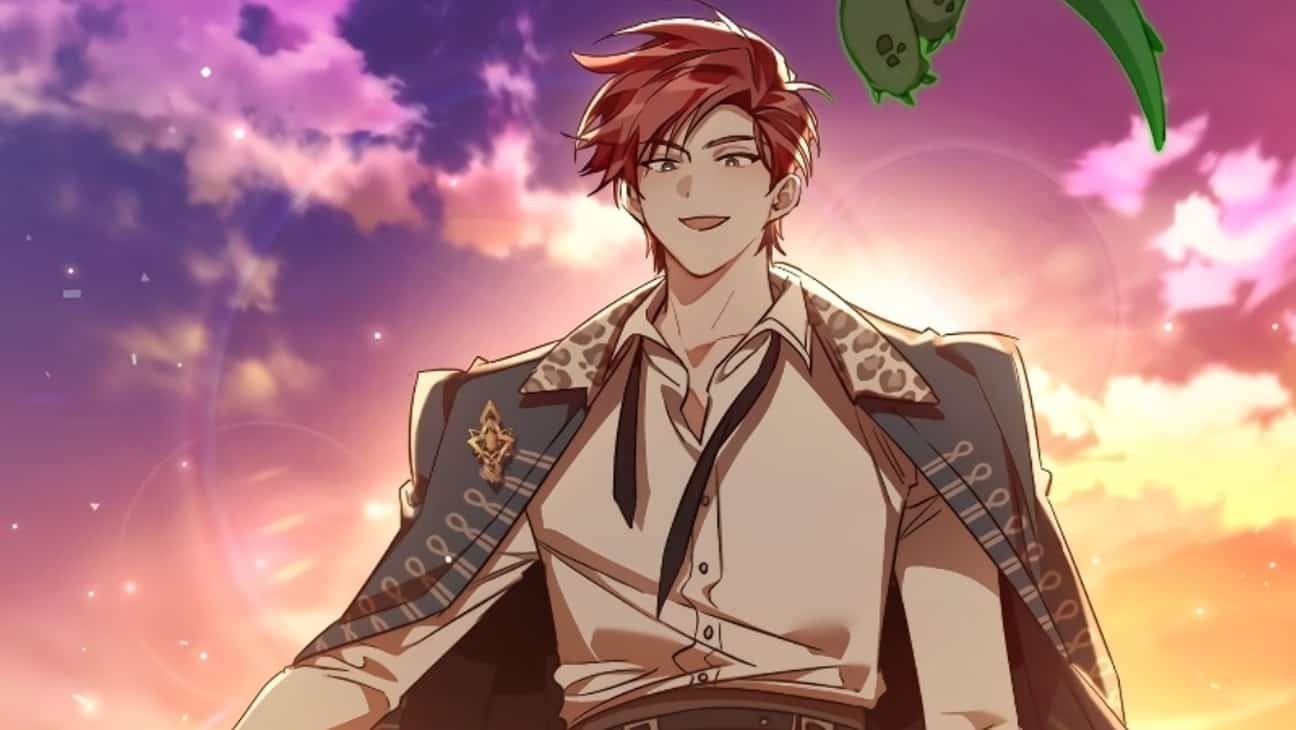A diplomatic clash has emerged between the United Nations and Japan over the portrayal of loli characters in anime and manga. The UN’s human rights committee recently issued a statement urging Japan to impose a nationwide ban on such characters, arguing that their depiction—often sexualized—could promote child exploitation. The committee claims that loli characters, young girls with exaggerated features and often depicted in suggestive scenarios, present significant risks to minors, especially in a media-rich environment like Japan.
This request was met with swift and firm resistance from Japan, where the issue of cultural sensitivity and creative freedom remains deeply ingrained in society. Japan’s Ministry of Foreign Affairs quickly responded to the UN’s demands, affirming that artistic expression, including anime and manga, is protected under the country’s freedom of expression laws. In their response, officials emphasized that the fictional nature of loli characters should not be conflated with real-world child exploitation.
The Global Divide: Child Protection or Cultural Freedom?
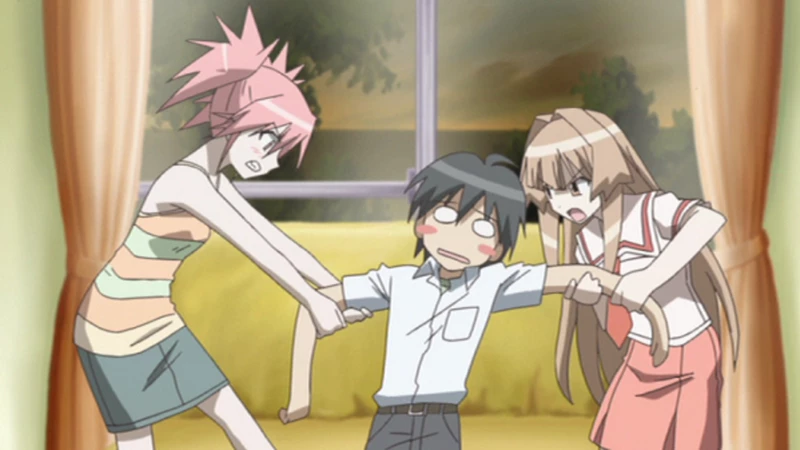
According to The Japan Times, Japan has long defended its cultural practices surrounding anime and manga as integral to its artistic heritage. The country’s stance has become a point of contention, with critics arguing that such portrayals normalize inappropriate behavior, while defenders assert that they are purely fantastical and not intended for real-world behavior modeling.
The debate over loli characters is not new but has gained renewed attention amid increasing global concerns about child protection and media consumption. Critics, including child advocacy groups and some UN officials, claim that the sexualized portrayal of minors, even in animated form, can have detrimental effects on children’s development and societal attitudes toward consent and boundaries.
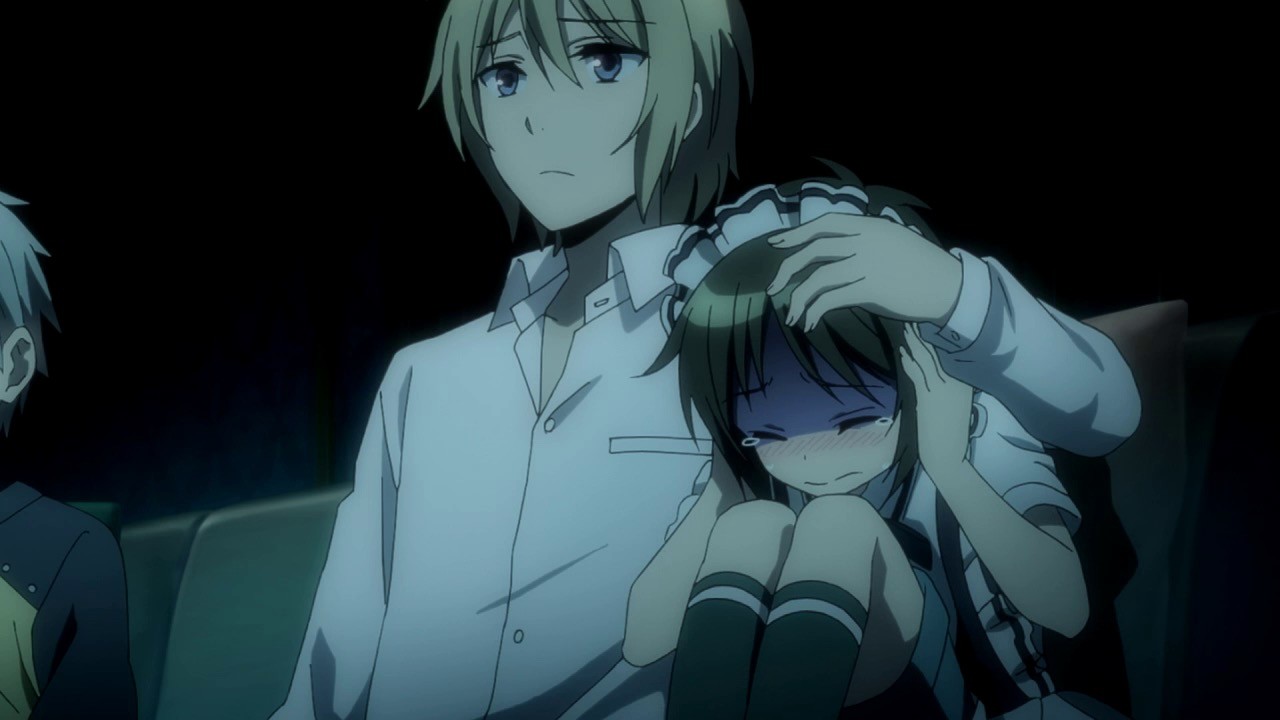
On the other hand, supporters of Japan’s position argue that banning loli characters would be an infringement on creative freedom and personal expression. Many point to the broader context of anime and manga, where fantasy genres often feature exaggerated and unrealistic portrayals of various characters for the sake of narrative and aesthetics. In a country where anime is a mainstream cultural product, many fans feel that the UN’s stance could set a dangerous precedent for broader censorship of creative media.
Japan’s rejection of the UN’s demand has sparked a global conversation about the balance between protecting children and preserving cultural traditions. This clash highlights the growing divide between international advocacy for child rights and Japan’s assertion of its artistic and cultural sovereignty.

